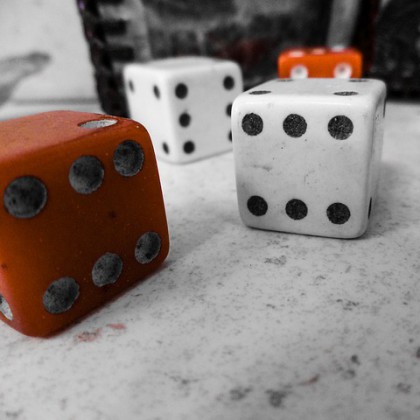
Problems on Trains
October 27, 2022
Problems on Ages – A Comprehensive Guide
October 27, 2022About this post
The aim of this topic is to help you build your basics in Permutation and Combination. In the section introduction to Permutation and Combination we have shared some important terminologies involved in Permutation and Combination problems. The exercises contain solved question and answers. The key to solving a problem is knowing how to approach the problem. When solving exercises, we recommend you to try solving the problems on your own, then view the solutions. That way we believe you can strengthen your approach in solving problems on Permutations and Combinations. By the end of this topic, you will learn about:
- Fundamental counting principle
- Permutation and Combination and their relation
- Permutation when some are identical
- Circular permutations
Introduction to Permutation and Combination
Fundamental Principle of Counting
Product Rule
If there are m ways of doing one thing and n ways of doing another, then there are m x n ways of doing both.
Example : If there are 10 shirts and 12 trousers, then the total number of choices of a unique outfit is 10 x 12 = 120
Addition Rule
If there are m ways of doing one thing and n ways of doing another, then there are m + n ways of doing either.
Example : If there are m ways of doing one thing and n ways of doing another, then there are m + n ways of choosing one garment.
Factorial
Factorial of n (represented as n!) = n x (n-1) x (n-2) x ...1
Permutation
It is the arrangement of r things from n dissimilar things at a time without replacement. It is denoted by ^nP_r
The arrangement of r persons from n persons is given by
$^nP_r = \frac{n!}{(n-r)!}$
Example:
The number of ways in which 2 persons can be arranged from set of 3 persons is
$^3P_2 = \frac{3!}{(3-2)!}$
= 6
nP0 =1, nP1 = n, nPn = n!
Combination
It is the selection of r things at a time from n things without replacement. It is denoted by n C r and given by
nCr = $\frac{n!}{(n-r)!r!}$
Example:
The number of ways of selecting 2 persons from a group of 3 persons is
3C2 = $\frac{3!}{(3-2)!2!}$
= 3
nC0 = nCn =1 nC1 = nCn-1 = n nCr = nCn-r
Relation between Permutation and Combination
Combination => Selection of r persons
Permutation = > Selection of r persons x Arrangement of r persons
nPr = nCr x r!
Permutation of things when some are identical.
If there are n things out of which p things are alike of one kind, q things are alike of another kind and r things are alike of the third and the rest are all different, then the total number of arrangements of n things taken all at a time is
$\frac {n!}{p! q! r!}$
Circular Permutation
The number of circular permutations of n things taken all at a time is given by (n-1)!
In case of a garland or a necklace, the number of circular permutations is $\frac{(n-1)!}{2}$, since the arrangement is same both clockwise and anticlockwise.
Note:
- 0! = 1! = 1


